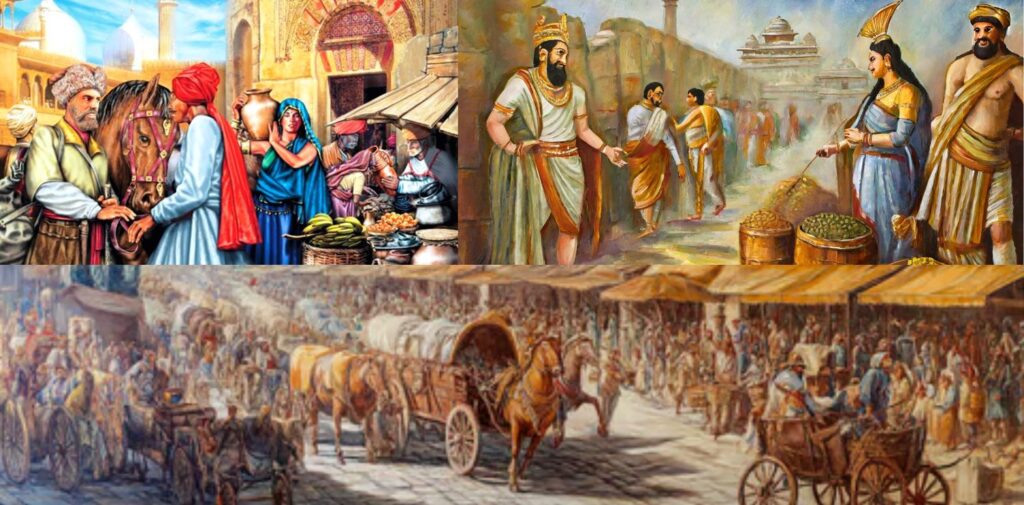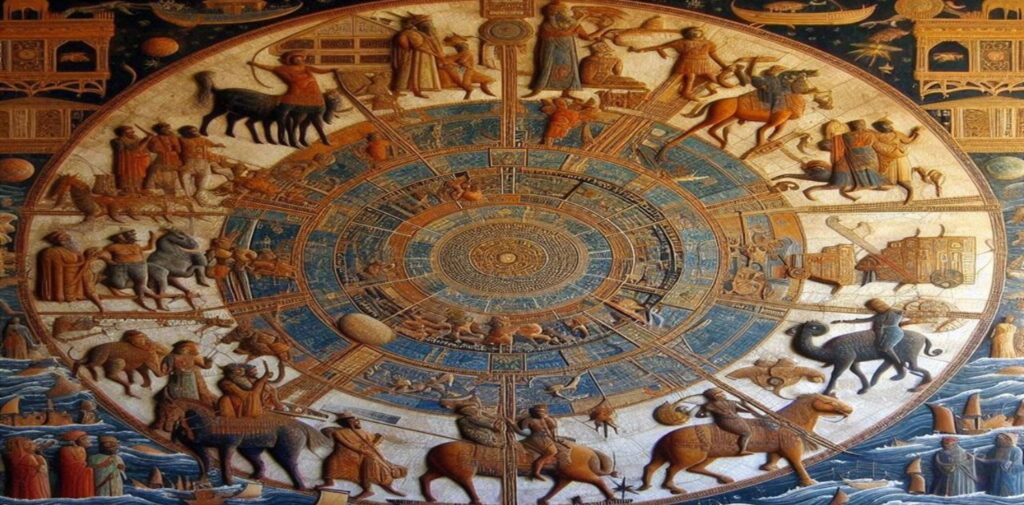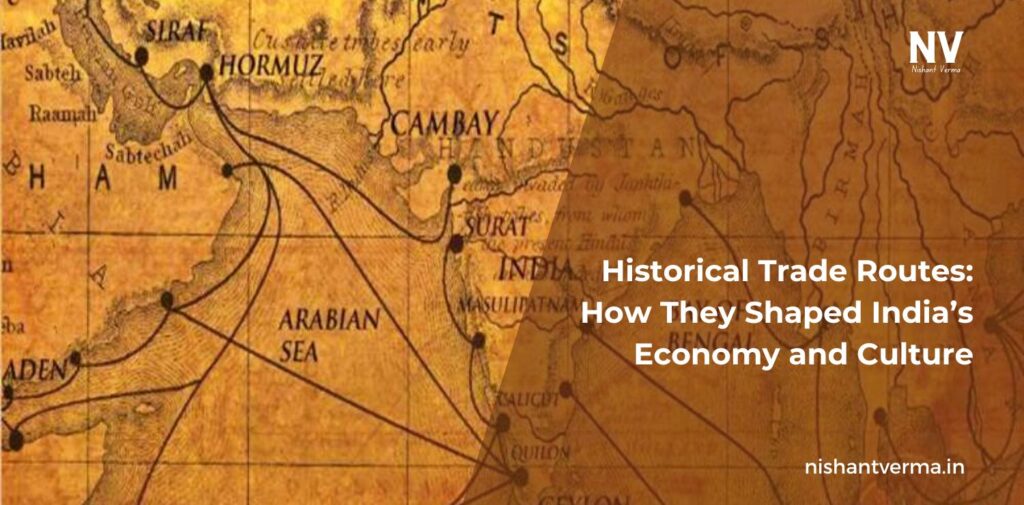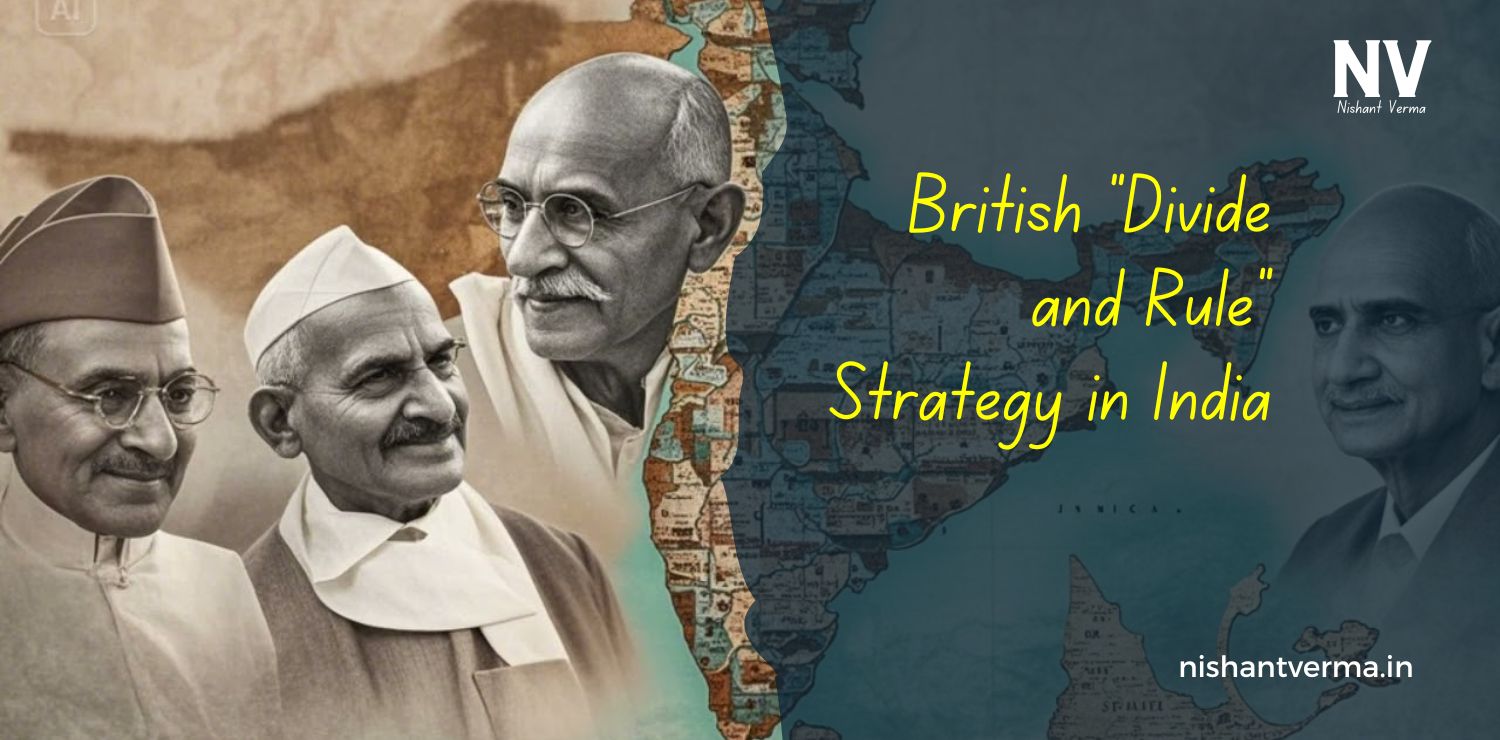India has a rich tapestry of history, woven together by the vibrant threads of trade and commerce. From ancient times, trade routes played a crucial role in connecting India with the rest of the world. These routes were not just pathways for goods; they were channels of cultural exchange, ideas, and traditions. The legacy of these trade routes continues to influence India’s economy and culture even today.
The Importance of Trade in Ancient India
In ancient India, trade was more than just a means of earning a livelihood. It was a way of life that brought people together. The Indian subcontinent was blessed with a variety of resources—spices, textiles, precious stones, and more. These goods were highly sought after in other parts of the world. As a result, trade routes began to develop, linking India with distant lands.
One of the most famous trade routes was the Silk Road. This ancient network of trade routes connected the East and West, facilitating the exchange of goods like silk, spices, and even ideas. Merchants travelled from China through Central Asia to reach Indian markets, where they would trade their goods for Indian spices and textiles. These interactions enriched both cultures and laid the groundwork for a thriving economy.

The Maritime Trade Routes
While the Silk Road was essential for overland trade, maritime routes were equally important. India’s long coastline made it a hub for sea trade. Ports like Lothal and Sopara became bustling centres of commerce. Ships sailed to far-off lands, such as the Roman Empire, Southeast Asia, and Africa, carrying Indian goods and bringing back foreign products.
Spices, particularly black pepper, were among the most coveted items traded. Indian merchants introduced a variety of spices to Europe, changing culinary traditions forever. In return, they received gold, silver, and other precious goods. This exchange not only enriched India’s economy but also facilitated cultural exchanges that influenced art, religion, and social customs.
The Impact of Trade on Indian Cities
The rise of trade routes led to the growth of towns and cities. Places like Taxila, Varanasi, and Pataliputra flourished as trade centres. The influx of wealth transformed these cities into melting pots of culture and ideas. Artisans, scholars, and travellers congregated in these urban centres, fostering innovation and creativity.
For instance, Varanasi became a centre of learning and spirituality. The city attracted not only merchants but also philosophers and artists. This blend of commerce and culture laid the foundation for India’s rich artistic traditions, including music, dance, and painting. The famous Indian textile industry also owes its origins to these bustling trade hubs, where artisans crafted intricate designs sought after across the globe.

Trade and Cultural Exchange
Trade routes served as bridges for cultural exchange. As merchants travelled, they carried not just goods but also ideas and traditions. Buddhism, for example, spread from India to Central Asia and beyond, thanks in part to traders who travelled these routes. The exchange of philosophies and religions enriched the cultural fabric of the regions involved.
Similarly, Indian art and architecture were influenced by interactions with other cultures. The arrival of Persian and Greek styles during the Mauryan and Gupta empires, respectively, resulted in unique architectural designs that blended different influences. The famous stupas, built to house relics of the Buddha, exhibit this rich blend of styles, showcasing India’s ability to absorb and adapt different cultural elements.
The Decline of Traditional Trade Routes
While trade routes flourished for centuries, their importance began to wane with the advent of European colonization. The Portuguese, Dutch, French, and British sought to control trade in the Indian Ocean, leading to the decline of traditional trade networks. The British East India Company established dominance over Indian trade, often at the expense of local merchants.
However, the legacy of these historical trade routes is still evident in modern India. The diverse cultural practices, languages, and cuisines reflect centuries of trade and interaction with various civilizations. India’s rich traditions continue to thrive, and the global economy today still feels the influence of its ancient trade practices.
The Modern Economic Landscape
In contemporary times, India’s economy has evolved significantly, but the essence of trade remains central. India is one of the fastest-growing economies in the world, and its rich history of trade continues to shape its economic policies. The country has become a vital player in global trade, exporting textiles, software, and agricultural products.
Modern trade routes, both maritime and digital, have transformed how India engages with the world. The development of ports and infrastructure has enhanced trade efficiency. Initiatives like “Make in India” aim to boost manufacturing and position India as a global manufacturing hub.

Preserving Cultural Heritage
As India progresses, it faces the challenge of preserving its rich cultural heritage while embracing modernization. Festivals, traditional crafts, and local cuisines are a testament to India’s vibrant history of trade and cultural exchange. By promoting and celebrating these elements, India can ensure that its diverse cultural tapestry remains intact.
The government and various organizations are actively working to support artisans and traditional craftspeople. Initiatives aimed at reviving traditional industries not only help preserve cultural heritage but also empower local communities economically.
Conclusion: Historical Trade Routes
The historical trade routes that crisscrossed India were more than mere pathways for goods; they were avenues of cultural exchange and economic development. These routes fostered interactions that shaped India’s history, culture, and economy in profound ways. From ancient times to the present, the spirit of trade continues to thrive in India, driving innovation and cultural richness.
As we reflect on this incredible journey, it’s essential to appreciate the legacy of these trade routes. They remind us that trade is not just about commerce; it’s about connections—between people, cultures, and ideas. India’s history is a testament to the power of trade in shaping societies, and it continues to inspire future generations to embrace the beauty of diversity and cooperation in an interconnected world.




